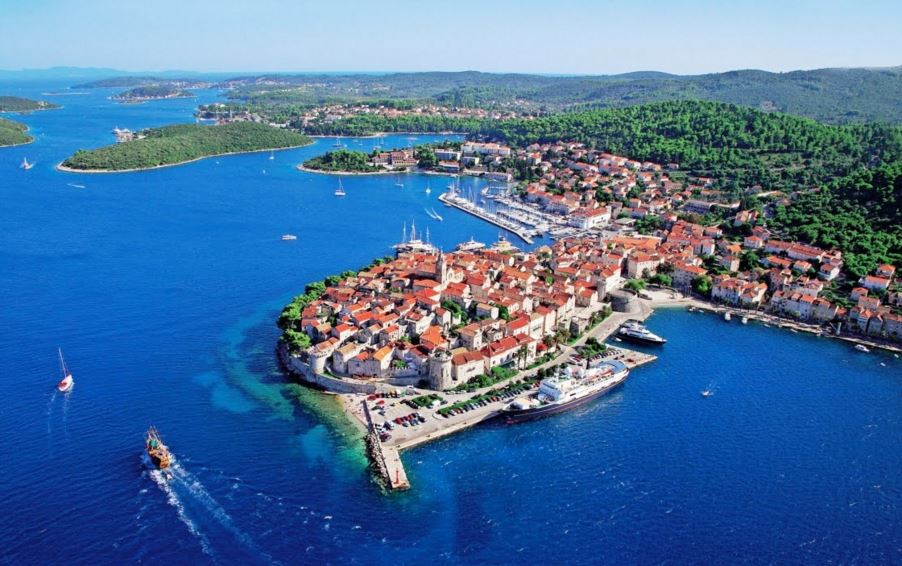Travel, Teach, Live in Europe and Middle East
Dalmatia actually occupies a large area between the middle of the island of Pag & river Zrmanja in the northern side to Cape Ostro and Konavle in the south. Dalmatia is around 400 km long and has a 70 km width in the central part and a majority of its total area is occupied by islands. It has a number of beautiful islands and is known to be one of the most indented coastlines in Europe. Dalmatia is divided into North, Central and Southern parts and the entire region is dominated by a Mediterranean climate.
Main tourist attractions in Dalmatia are:
Kalelarga (Zadar, South Dalmatia)
It is the oldest street in Zadar and some expert claim that it is older than the city itself! It extends from the People’s Square to the Forum. It is an iconic symbol of the city and a popular place for socializing, processions and entertainment. It is said that it is here where the love stories of many citizens of Zadar begins and ends.
Five Well Square (Zadar, South Dalmatia)
The square has a very irregular shape and looks like an elongated rectangle and all three sides are enclosed. Still today there are surviving parts of the aqueduct that brings water directly from Lake Vrana. The square with five wreaths has been fully renovated and today this area is the most picturesque part of Zadar.
St Jacob Cathedral (Sibenik, South Dalmatia)
It is the most important Renaissance monument in Croatia. Its construction began in 1431 and is now a UNESCO World Heritage Site. The structure is built entirely in stone and is the main attraction in the town of Sibenik which has a fair share of towers and churches from 14th to 17th century.
Split Peskarija (Split, South Dalmatia)
This is, perhaps, the only fish market in the world which has no flies nearby. The market was built just next to the living sources of sulfur – the City Spa – which is located in the Marmont Street.
Cathedral of St Anastasia (Zadar, South Dalmatia)
This is the largest church in Dalmatia. This intricately beautiful Romanesque building was constructed on two occasions – during the 12th and 13th centuries. This church along with the Church of St Donat is the two most famous monumental buildings in Croatia and is regarded as the symbol of the city.
Nightlife and Entertainment
There are innumerable places of entertainment for both young adults and the older generation. Musical evenings are organized every year in the city of Zadar and "Full Moon Night" is a very popular tourist festival that is held in the month of July. If you want something livelier then you can visit any of the clubs on the island of Pag and in Zadar you will get disco and a couple of urban centers where you can enjoy till early morning. The young generations in Split love to spend their evenings in discos like Vanilla and Tropic.
Sailing is also a popular activity in Dalmatia, which is no wonder considering the fact that there are plenty of beautiful Islands just waiting to be discovered. Some of the popular Islands can be reached with the local ferry, but for the others you will have to get there with your own boat or rent one from a charter in Croatia.
Gastronomy
The food in Dalmatia is centered on freshly grown seasonal vegetables, clams, fresh mussels and fish that are procured from the Adriatic Sea. The dishes are made tastier through the addition of the local olive oil and spices like basil, sage, bay leaves, sage and rosemary. The most popular food in Dalmatia is fish which is served in a variety of ways – cooked, grilled and/or stew. The most famous specialty here is meat stew with gnocchi and roasted lamb.















